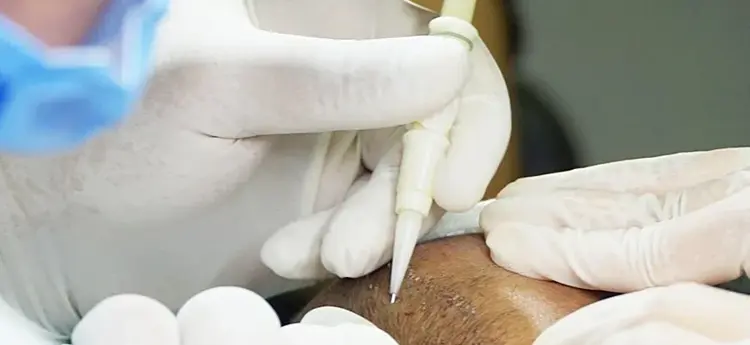In this article, which is completely informative and will go beyond the ordinary, we believe you will find the correct answers to all the questions you have about DHI hair transplantation.
As is known, the transplantation of hair taken from the donor area to bald or thinning areas using special instruments is called a hair transplant. In hair follicle transplantation, two main methods are used. These are;
- FUE,
- DHI technique.
Now, let’s start providing information about the DHI technique among those 2, which we also prefer due to many advantages.
What is DHI Hair Transplantation?
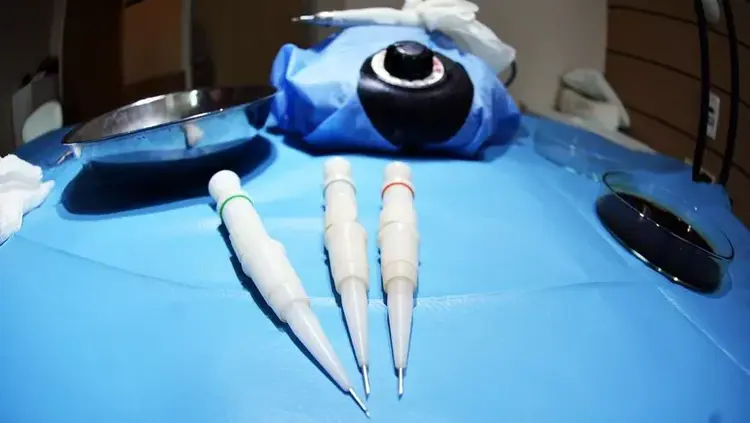
The DHI method takes its name from its initials, standing for “Direct Hair Implant” which is a special hair transplant technique. With the help of special tools resembling a pen and equipped with a spring mechanism, hair follicles are directly and touch-free (no touch) placed into the recipient areas. This special tool, which is called the implanter pen, was designed in the early 1990s by the South Korean doctor Young Choi, and it began to be used as a transplant method in FUT operations during that time. Therefore, it is absolutely incorrect to introduce it as a new hair transplant method in many places in Turkey. This is because the DHI hair transplant technique existed before the FUE technique was even introduced worldwide. Nowadays, we can say that it is one of the most researched and popular hair transplant methods, both in Turkey and globally.
Additionally, due to the name of the doctor who designed and introduced this tool, it is also known as the “Choi Pen Technique.” As seen, it is referred to by many names.
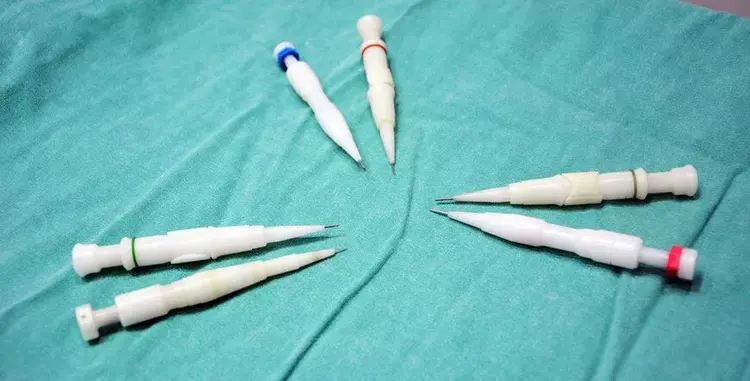
In Turkey, this method was first used in 2010 at our clinic by Dr. Hakan Doğanay. You will see this in the videos published in those years if you type ‘dhi saç ekimi before:2011’ into the YouTube search bar. You will find videos from that time. Moreover, a Google video search filtered for the dates 2010-2011 will show no videos demonstrating the DHI technique in Turkey other than those produced by the Ahd clinic. The results from other clinics regarding this method can only be found in Google video searches starting from 2017. As AHD Clinic, we have been exclusively using the DHI hair transplant method for eyebrow, beard, and hair transplants since 2010. Furthermore, prestigious hair transplant surgeons in the World, such as Dr. Lorenzo and Dr. Zarev have also adopted this technique. So, why did we choose to use only the DHI method?
In 2010, we concluded that the operations we performed using this method had numerous advantages. We also observed an increase in patient satisfaction rates. Therefore, we can say that we have specialized in this technique for a long time. In the following part of our article, we will discuss these advantages.
Who is Suitable for the DHI Method?
There is no specific special eligibility criterion for this method. General criteria such as age, hair loss rate, chronic diseases, donor capacity, and hair quality are applicable here as well. If someone is suitable for a regular hair transplant, they are also suitable for a DHI transplant. We have explained the eligibility criteria in detail in our article titled “Are You a Suitable Candidate for Hair Transplant?”. Therefore, it is not correct to say that everyone can undergo a DHI transplant.
The general preparation criteria before the transplant are exactly the same here as well.
Regardless of the method used, there are two fundamental stages in a hair transplant surgery.
1) Graft Extraction: After local anesthesia is administered, hair follicles are extracted from the donor area using the manual/micromotor FUE or FUT method. We have not used the FUT method since 2011. The extracted grafts are kept in special solutions until they are ready for implantation. This step is the same for all types of hair transplantation, so we will not go into further detail. This stage has nothing to do with the DHI method itself. Some sources falsely claim that grafts are extracted from the donor area using the implanter pen. This information is completely incorrect.
2) Implantation of the Extracted Grafts: This is exactly where the DHI hair transplantation method differs from FUE.
How is DHI Hair Transplantation Performed?
In traditional FUE hair transplantation, first, the channels are opened in the recipient area. After this, the hair follicles are placed one by one into the pre-opened channels. So, the procedure is completed in two separate steps.
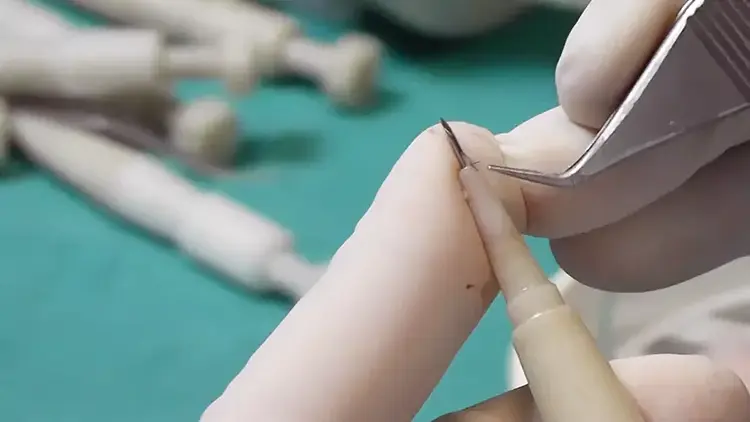
With the DHI hair transplant technique, the creation of channels and the implantation of grafts are performed concurrently in a single step. This means that multiple channels are not pre-opened in the recipient area. Instead, while a single channel is being opened, the hair follicle is simultaneously placed into the newly created incision at the correct angle. This synchronized process continues for each and every graft.
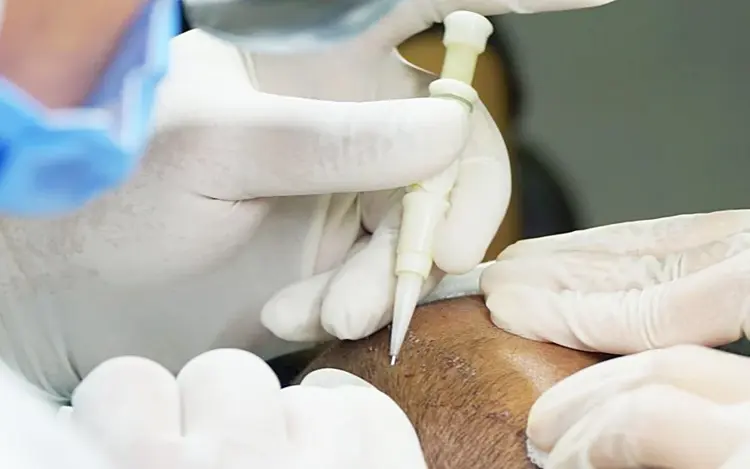
For this procedure to be carried out properly, At least two assistant technicians, one doctor performing the implantation, a workstation equipped with multiple Choi implanter pens are required. Between 5 to 10 Choi implanter pens are needed on the workstation depending on the number of the grafts and as per the necessary conditions. The number of Choi pens used varies depending on factors such as the hardness of the skin and the total number of grafts.
Healing Process After DHI Hair Transplantation
Within the first few hours, the pinhead-sized clots dry up and turn into scabs. After the transplant is completed, you can comfortably return home or to your hotel. It is rare to have postoperative pain. If you experience pain, simple painkillers will be sufficient.
Redness, swelling, pimples, and itching, which are common in traditional hair transplant methods, can also occur after a DHI hair transplant. However, since these minor complications are relatively less common, the healing process is shorter compared to other methods. Normally, if you work in a desk job, you can return to work and social life even on the first day after the transplant. We recommend avoiding physical contact that could cause trauma to the head during the healing period.
Washing can be done on the 1st day after the transplant. There is no harm in washing on the first day. Wash your hair regularly as instructed. The scabs may start to fall off on the 7th or 8th day during washing. The scabs should be completely gone by the 10th day at the latest.
The hair growth period is almost the same as with other methods. The shed hairs will start growing again in 3-4 months. Around 50-60% of the hair is expected to have grown by the 6th month. The grown hair starts thickening in 7th-8th month. A period of 1 year is required for the expected full results.
What are the differences between FUE and DHI?
We previously mentioned that the main difference between these two methods lies in the canal opening process. A question that might arise is: What other differences exist between FUE and DHI? What are the advantages and disadvantages of opening the canals collectively or simultaneously? Let’s now explain the answers to these questions.
1) Bleeding and Necrosis: During DHI hair transplantation, bleeding is much less compared to other methods. This is because as soon as the skin is pierced, the graft is placed directly into the canal. Since the graft acts as a tampon, bleeding is minimized compared to other methods. In FUE, however, bleeding is more. Adrenaline is used to suppress this bleeding. However, the use of adrenaline increases the risk of necrosis. Since 2010, we have not experienced any necrosis cases using the DHI method.
2) Shock loss: Shock loss occurs after transplantation in both methods. However, we have realized that it is relatively less in the DHI method. We believe shock loss is less in DHI because there is no need to use extra adrenaline. For more detailed information on this, you can refer to our article titled “Shock Shedding.”
3) Safe Transplant: As we mentioned, there is no need to use adrenaline in the pen method. Therefore, the risk of systemic complications such as heart rhythm disorders and increased blood pressure, which are related to adrenaline, is significantly lower. For this reason, it can be said that DHI hair transplantation is safer.
4) Scars on Transplanted Grafts: Both methods are minimally invasive, and when fine-tipped needles are used to create incisions, the forming of scars is usually not visible. Since the pen method involves opening channels with needle tips, any marks disappear completely within a very short time. Think of having an IV inserted into your arm. Can you see a mark 10 days later? Of course not. The needle tips used in the DHI method work in a similar way.
5) Natural Appearance: If the correct angle rules are followed, natural-looking results can be achieved by both methods. However, we believe that achieving the correct angles is easier with the DHI hair transplantation method.
6) Depth Control: In hair transplantation, achieving the desired results requires placing the hair follicles at the correct depth. The Implanter pen has a mechanism that allows for depth control. By adjusting the size of the needle tips, it becomes easier to achieve the correct depth.
7) Non-Shaving Method: In the DHI method, the recipient area does not need to be shaved before the transplantation. This provides a significant advantage, especially for women undergoing hair transplantation. Additionally, for those who want to keep their hair transplant discreet due to social status, the pen technique stands out.
8) Hair Densification: Hair densification can be performed by implanting grafts into the areas between thinning hair. In the DHI hair transplant method, the likelihood of damaging existing hair is low. This is because the implantation is done by visually assessing the empty spaces between the existing hairs. Furthermore, since the implants are placed parallel to the direction of the existing hair growth, a more natural appearance is achieved more easily.
9) Graft Waiting Period: Theoretically, the faster the grafts are transplanted, the higher is their survival rate. Since there is no channel opening process in the DHI technique, the placement of the grafts in the recipient area can begin earlier. This reduces the time the grafts remain outside, lowering the risk of graft loss.
10) Special Transplants: The DHI hair transplantation technique is undoubtedly the most ideal method for eyebrow and beard transplants. The reasons for this are explained in our articles on eyebrow and beard transplantation.
For comparison, we believe it would be easier to understand the differences between FUE and DHI hair transplantation in a table.
| Criteria | Fue | Dhi |
| Canal Opening | There is | None |
| Bleeding | Moderate | Very minimal |
| Swelling | Usually occurs | Very minimal |
| Transplanting without shaving & Thickening | Possible but difficult | Possible but difficult |
| Natural Appearance | Natural | More Natural |
| In Women | Possible | Ideal |
| Eyebrow Transplant | Possible | Most ideal method |
| Beard Transplant | Possible | Ideal |
| Scalp Scar | Ideal | Ideal |
| Duration | Same | Same |
| Depth Control | Difficult | Easy |
| Washing | 3rd Day | 1st Day |
| Risk of Necrosis | Moderate | Very minimal |
| Recovery and Return to Work | Normal | Shorter |
Are there any disadvantages of the Choi pen method?
Of course, as there are advantages, there are also 2 important disadvantages:
- requires qualified doctors and supporting staff. Although the DHI technique is an ol method, it started becoming widespread in clinics after 2017. The implantation with the pen requires deep knowledge and experience. The number of doctors and supporting staff who know the nuances of this technique is still not sufficient.
- 2.The cost of this operation is higher compared to other methods. Because the implanter pens and their tips are disposable and expensive.
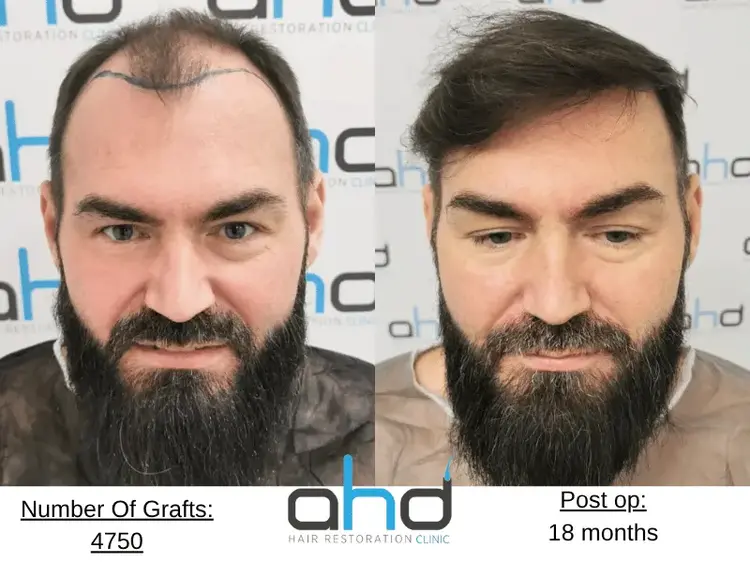
- Some sources claim that DHI provides a natural result with 45-degree angles. This is absolutely not true. In the frontal line, naturalness cannot be achieved with these angles, regardless of the method used.
- If multiple roots are transplanted in the frontal line to make it thicker, or if the hairline is planned incorrectly, a natural appearance cannot be achieved. We explained this in our article on the naturalness of the hairline.
- If the needle tips are not properly adjusted for depth control and implantation is done randomly, the transplanted roots either won’t grow or will grow in a curly manner. These transplanted roots may eventually fall out after a while.
As it is seen, the pen which is called implanter pen itself is not to blame here. The incorrect results stem from the applicator’s lack of knowledge about the specifics of this technique.
How much are DHI hair transplant prices in Turkey in 2025?
The DHI method is slightly more expensive compared to other methods. Several key factors determine the costs. These are:
- 1) The materials used in the pen method are expensive. The price of a Choi pen is approximately 100-120 USD. The needle tips used as consumables in the operation used to cost 35 USD each. Now, they are sold for around 20 USD. Depending on the procedure, 15-20 needle tips may be used per operation.
- 2) Qualified doctors and assistant personnel: The DHI hair transplant method is a delicate and technically challenging procedure. The number of doctors and assistant personnel who properly understand this method is very limited, both worldwide and in Turkey. Therefore, the cost of personnel and doctors is higher.
- 3) The brand value of the clinic or doctor: Globally, doctors who have established a name in their field tend to have relatively higher prices. In fact, this is true for any brand being bought and sold. Therefore, if you are considering the DHI hair transplant method, you should take this into account.
- 4) Geographical Location: The prices for the DHI method can vary depending on the country. For example:
In the United States, the price you would pay for this technique can range between USD 7.000–20.000 USD.
In 2025, the average DHI hair transplant prices in Turkey can range from 90,000 TL to 200,000 TL. Naturally, these prices can vary depending on whether the procedure is performed by the doctor or technicians.
Is DHI the best hair transplantation method?
I believe this is the most important part of our article. Saying that DHI hair transplantation is the best is definitely not correct. Let’s not forget this: The implanter pen is not a magical tool. What is important is to perform the implantation using the pen method in accordance with the rules, while knowing the technical details. Yes, when the technique is applied correctly by knowing these details, it provides better and more natural results compared to other methods. Regardless of the method used, a transplant performed without adhering to the rules will definitely not provide successful results. For instance, even if it is done with the pen method;
How Long Does Hair Transplantation Take with the DHI Technique?
The duration of the procedure is entirely dependent on the number of grafts to be transplanted. Theoretically, a 2000-graft DHI hair transplant can be completed within 6-7 hours. If we think that a hair transplant will take more than 8 hours, we divide it into two days. Therefore, a 4000-graft transplant is performed over two days. Actually, this is commercially disadvantageous for us. If we performed 4000 grafts in 1 day, we could accommodate another patient the next day. However, we are doing what is medically correct because the longer the procedure, the higher the risk of graft loss.

